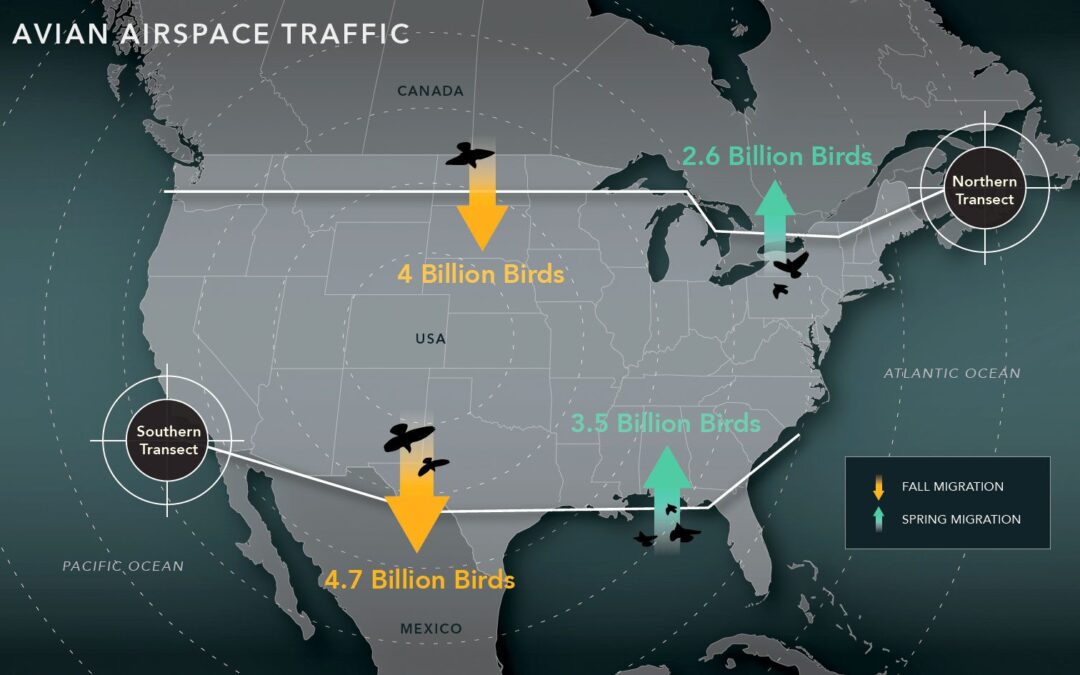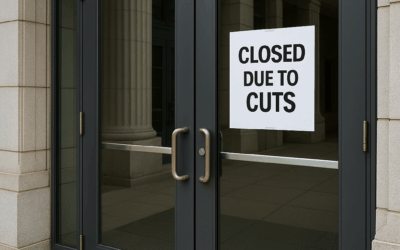In this article we will explore the current state of the southern border, as well as the issues that have brought the United States Southern Border to the forefront of our national consciousness. We will consider the violence, persecution, and natural disasters that have forced many migrants to flee the United States. Then we will examine the rise of the rhetoric that has permeated the political landscape surrounding immigration. Finally, we will consider the role that electronic monitoring plays in controlling the flow of non-detained migrants.
Asylum seekers flee violence, persecution, and natural disasters
Increasingly, migrants are fleeing violence, persecution, and natural disasters at the United States Southern Border. This includes people who want to reconnect with family members already living in the United States. Some are fleeing poverty, while others are seeking work opportunities or a better life.
A Congressional Research Service report notes that family ties are among the key drivers of migration flows. However, many migrant demographics are also vulnerable to the dangers of reentry, and many could become victims of violence if they return home.
The United States Refugee Admissions Program provides temporary protections in the United States. Resettlement agencies place refugees in the best-suited communities for their successful integration into American society. They offer a range of services, including language interpreters, medical assistance, and housing. These services are monitored by local affiliates, who assess the resources available in the community.
Electronic monitoring of non-detained migrants
Electronic monitoring of non-detained migrants at the United States southern border is a growing practice. An ankle bracelet enables government officials to track the movements of a migrant. This technology could help ICE make decisions on whether to remove a migrant or grant a release.
Ankle monitors are a good example of the technology that ICE and Customs and Border Protection (CBP) are using. They can be used as a means of monitoring a released individual, or as a guarantee for an immigration bond. However, ankle monitors have been criticized for their potential use as a form of detention.
Another method of electronic monitoring involves the use of a phone app. The SmartLINK phone app tracks 255,602 people, including a large percentage of the 316,700 people who are enrolled in ICE’s Alternatives to Detention (ATD) program.
Expulsion of Venezuelans by air
There is an increasing number of Venezuelans arriving at the U.S. Southern Border. The latest Department of Homeland Security (DHS) report showed that 33,000 more arrived in September.
Many of the Venezuelans are seeking asylum in the United States. However, their ability to enter the US is restricted. They must be screened by national security vetting, and have a sponsor in the U.S. If their application is approved, they can apply for work authorization.
The program that will allow 24,000 Venezuelans to enter the US through air is modeled after a similar offer made by Ukraine when Russia invaded its country in April. That program offered safe haven for more than 100,000 Ukrainians.
This is not the first time that the Biden administration has attempted to pressure the Mexican government to accept expulsions of its own citizens. It has been unsuccessful.
Seasonal migration patterns
One of the biggest challenges facing the federal government is establishing an orderly and safe process for the recent wave of migrants who have been crossing the United States Southern Border. The influx of migrants from Central America and other parts of the Western Hemisphere is causing some concern.
A number of experts believe that climate change is playing a role in the migration phenomenon, but it is not the sole factor. Other factors such as economic hardships have intensified migration trends.
The United States has been through a series of extraordinary migration events. In the 1860s the Civil War stopped immigration, while in the 1880s and ’90s the third wave of European immigrants arrived via New York’s Ellis Island. During World War I, the third wave slowed down considerably, while during the 1920s the numerical quotas on immigration slowed down the flow even more.
Republicans embrace increasingly extreme rhetoric around immigration
During the recent presidential campaign, a surge of rhetoric from Republicans fueled the anti-immigrant movement. The new President’s call for building a wall along the southern border was reminiscent of traditional anti-immigrant narratives. But Trump’s strategy may have actually been a symptom of a more serious Republican project.
Over the last ten years, the anti-immigrant fervor has become mainstream. This is due to the fact that well-established anti-immigrant groups have established a foothold in the political arena. They promote divisive rhetoric and use conspiracy theories to justify their harsh anti-immigrant views. Ultimately, however, the majority of anti-immigrant voices come from fringe groups.
For example, the Patriot Front is a Texas-based group that specializes in promoting anti-immigrant views. Some members of this group have white supremacist beliefs.
By Norman Gregory







